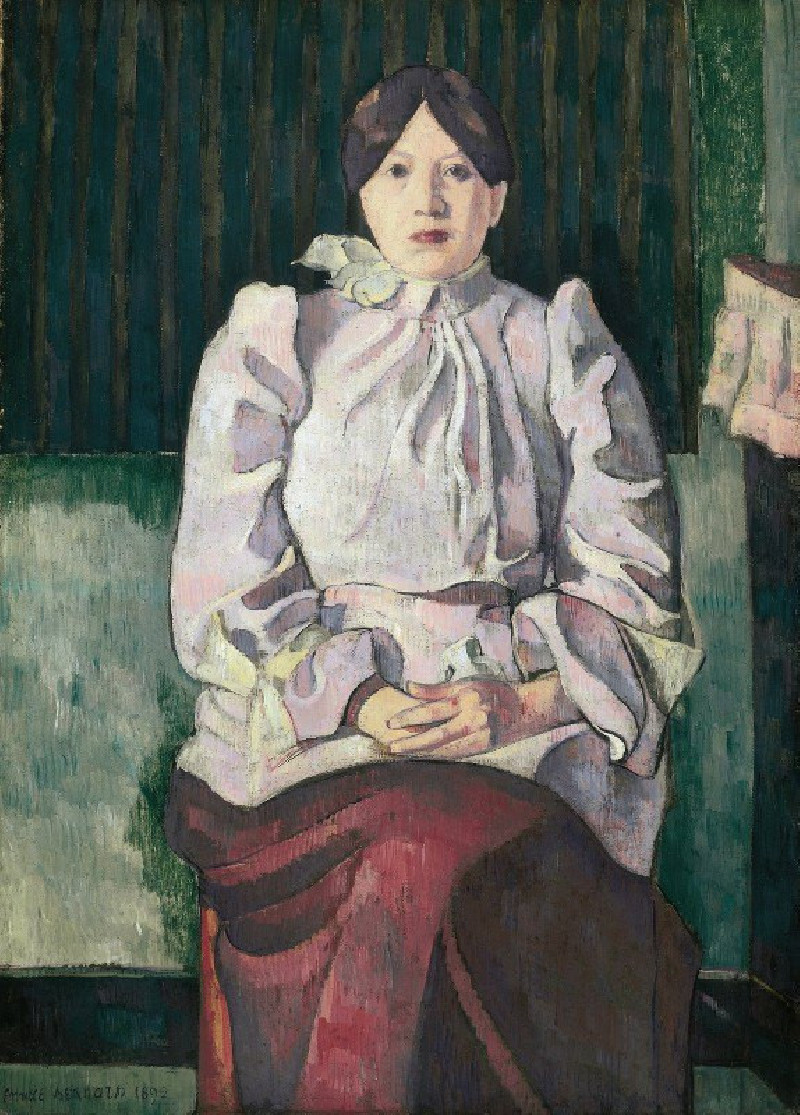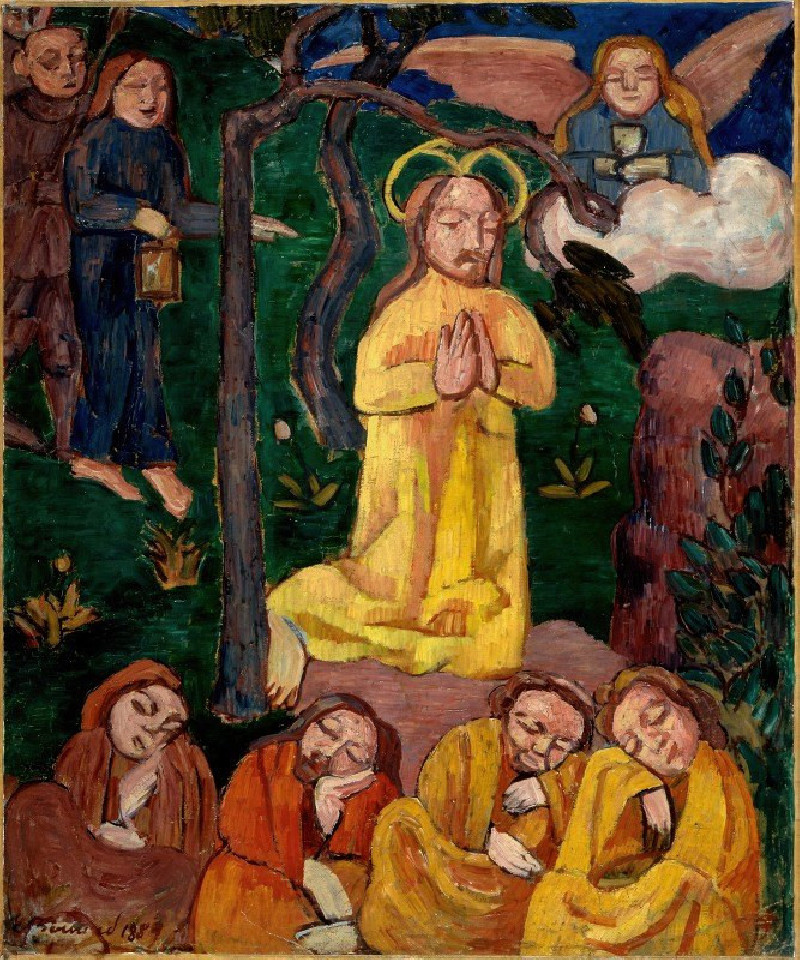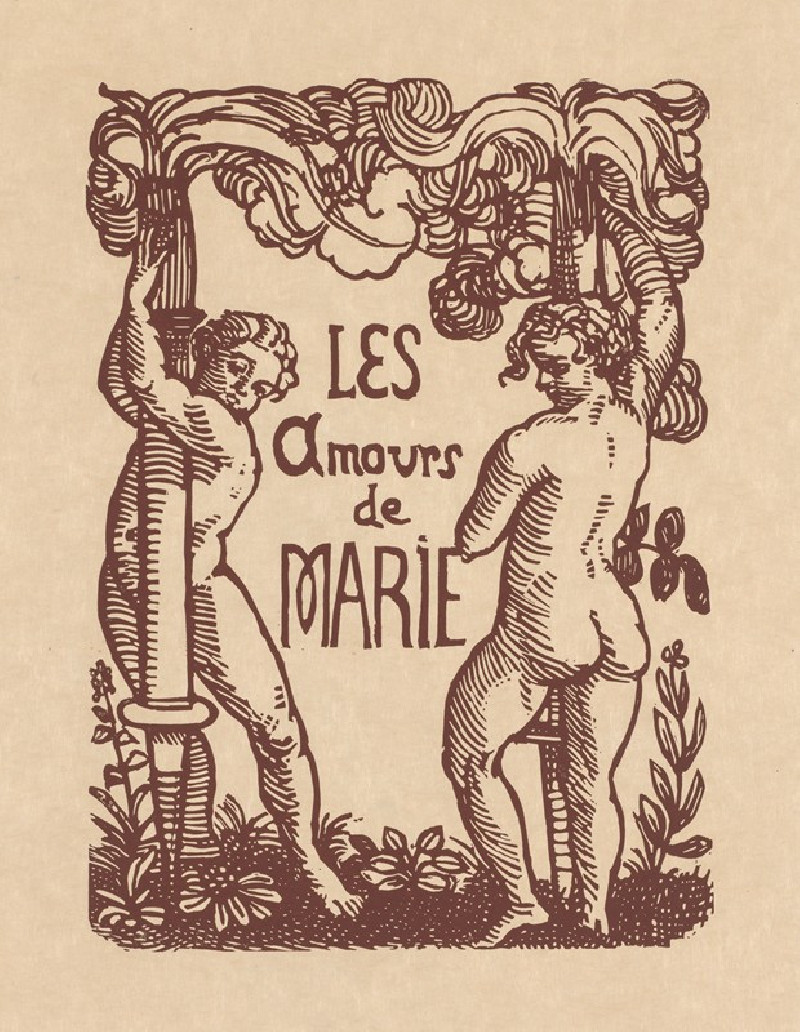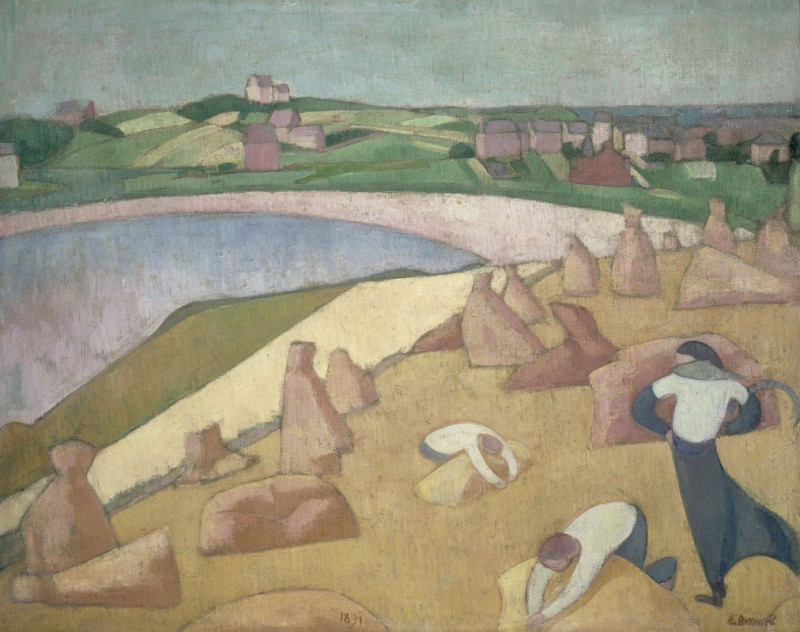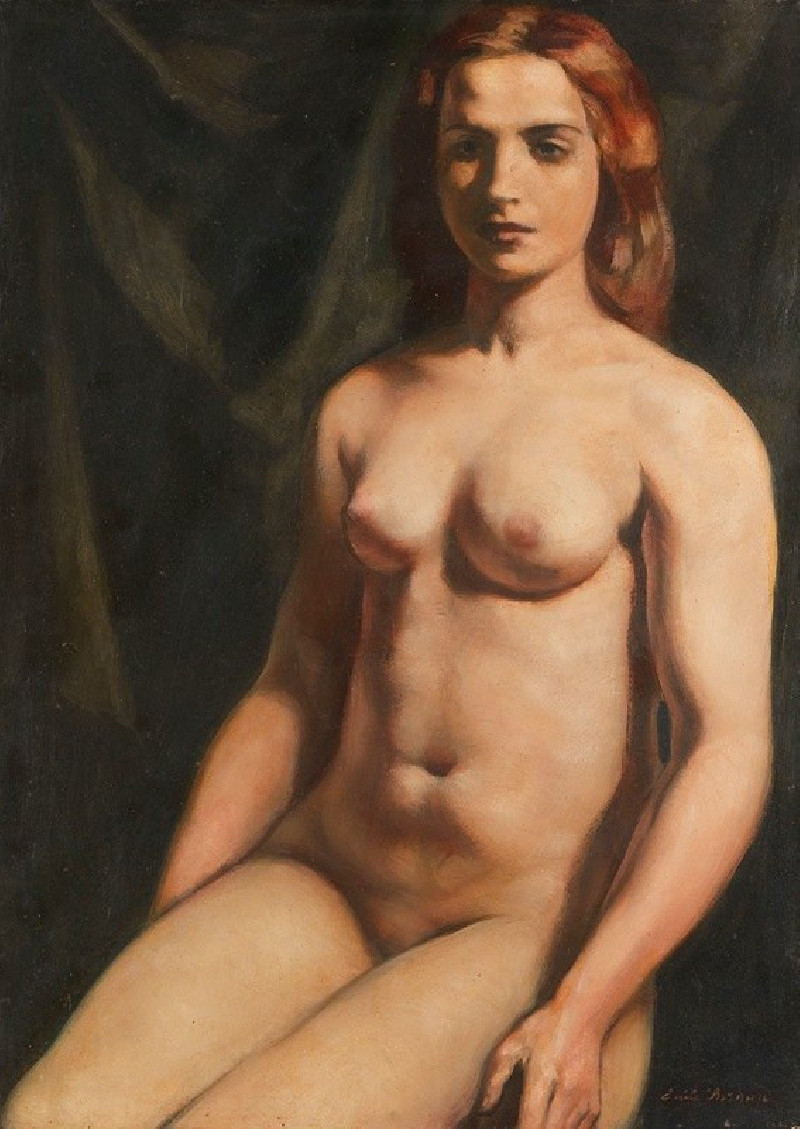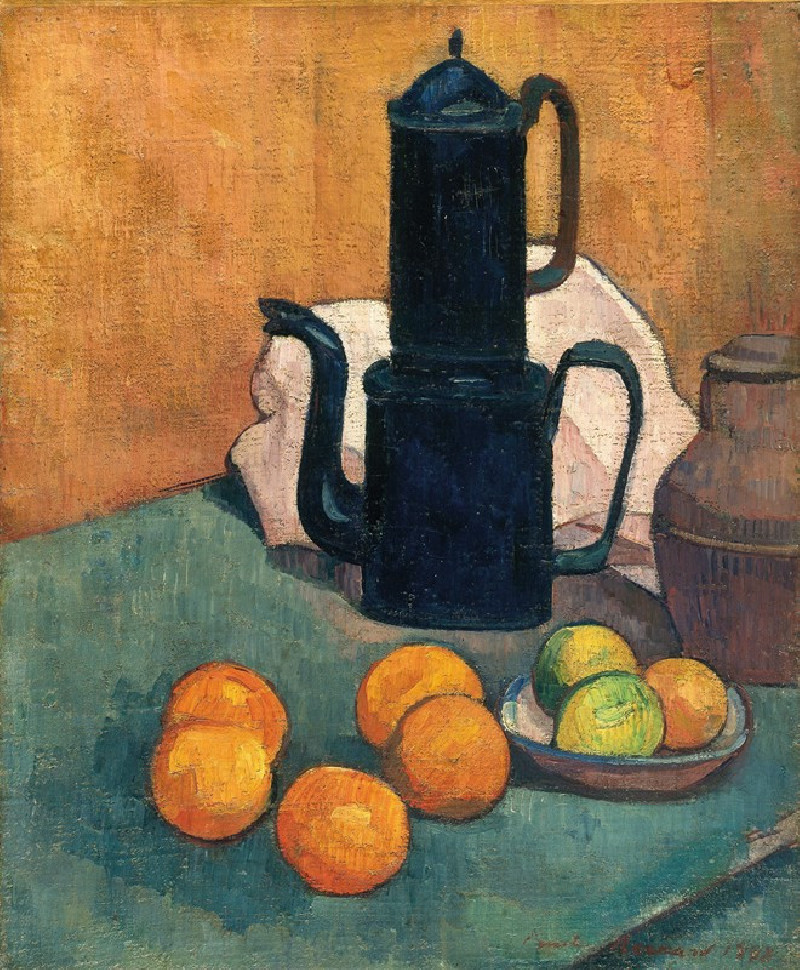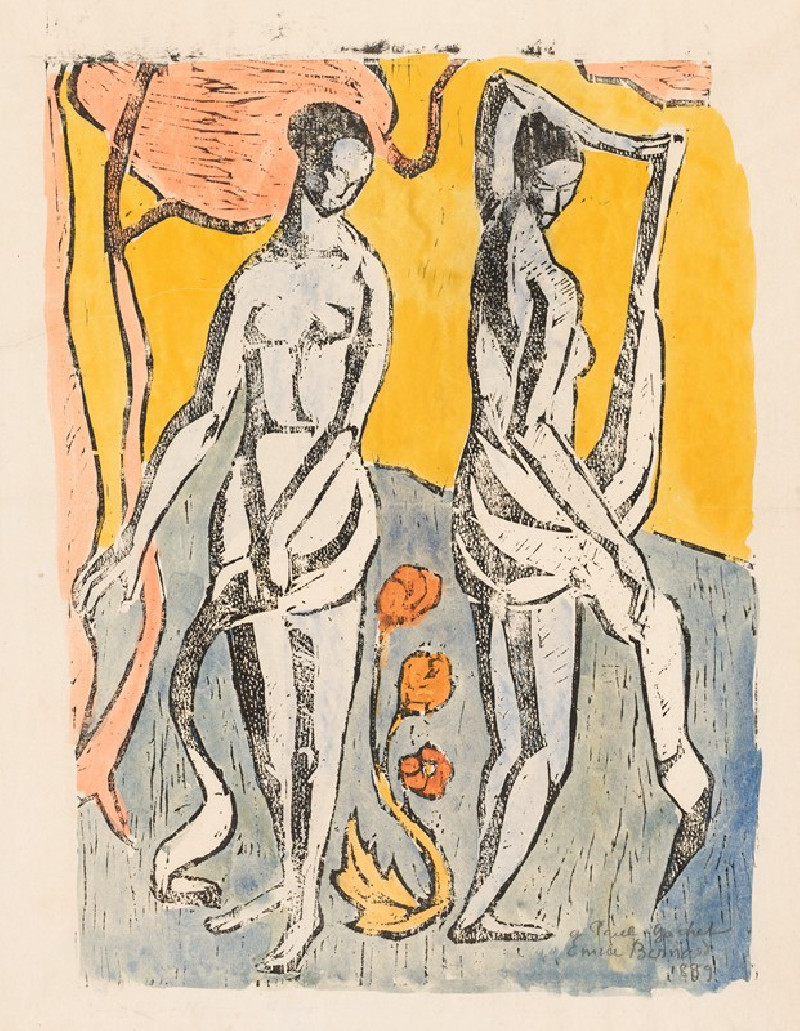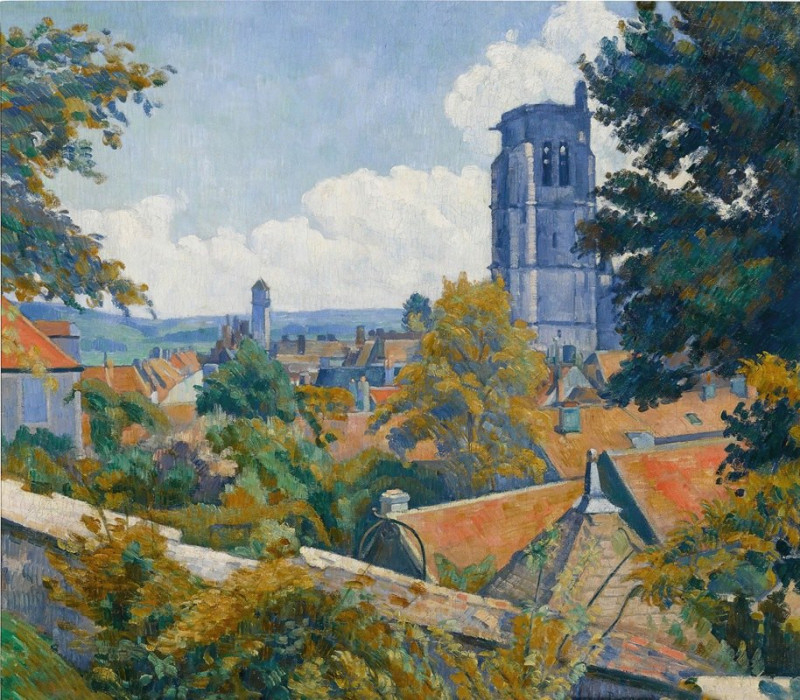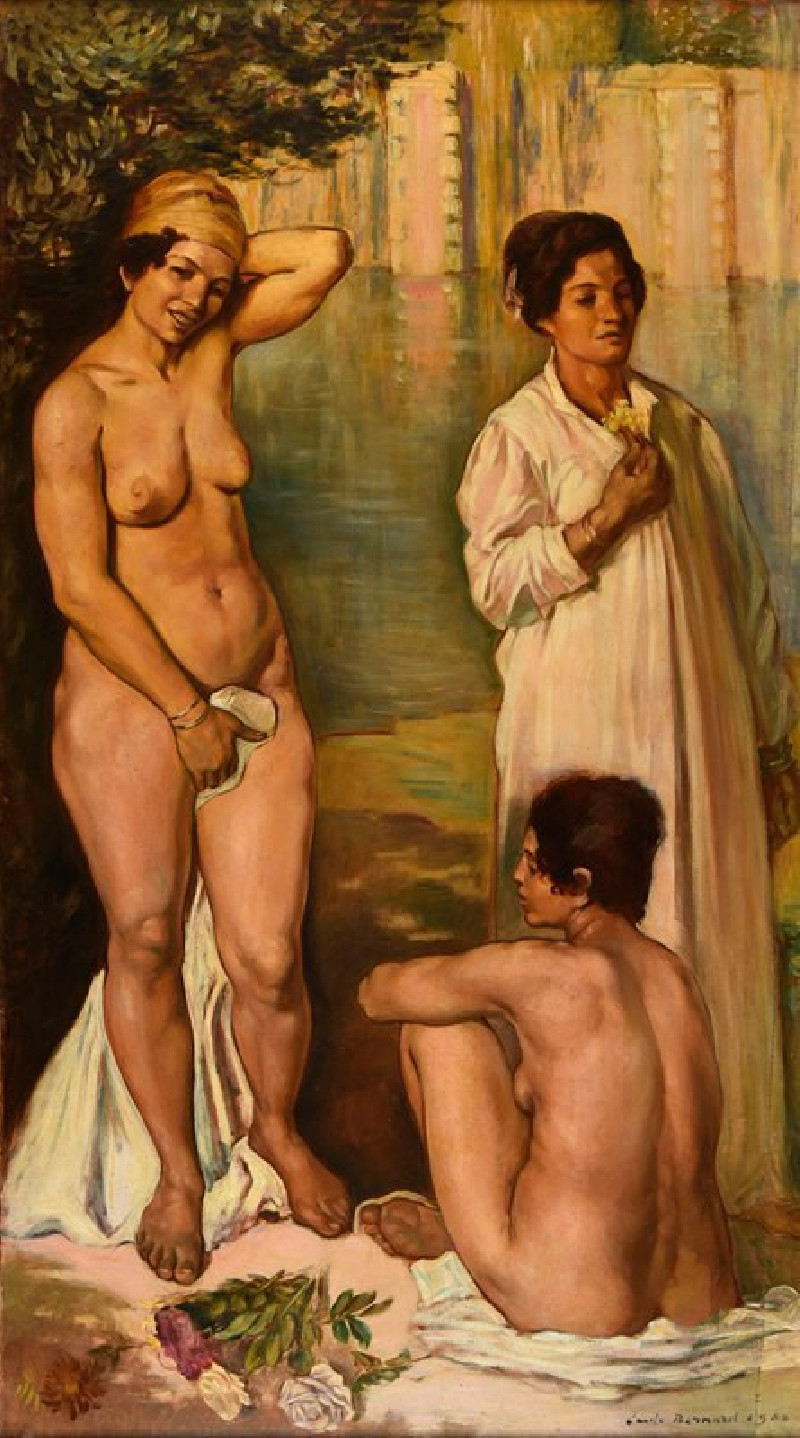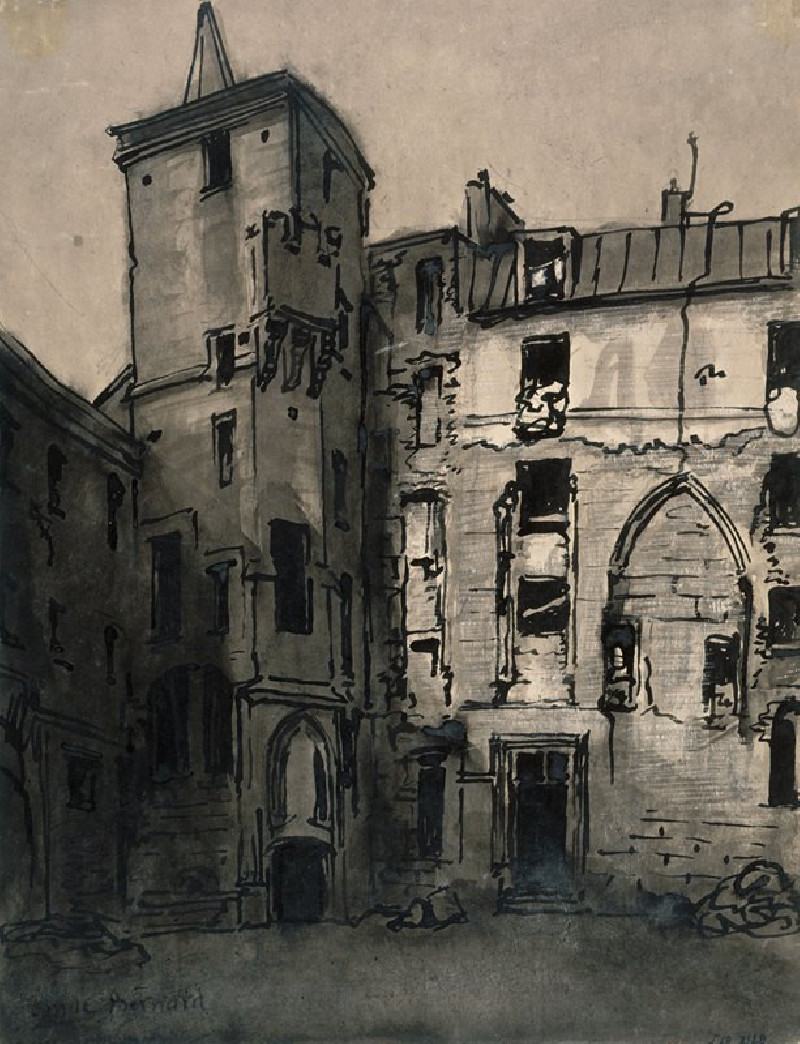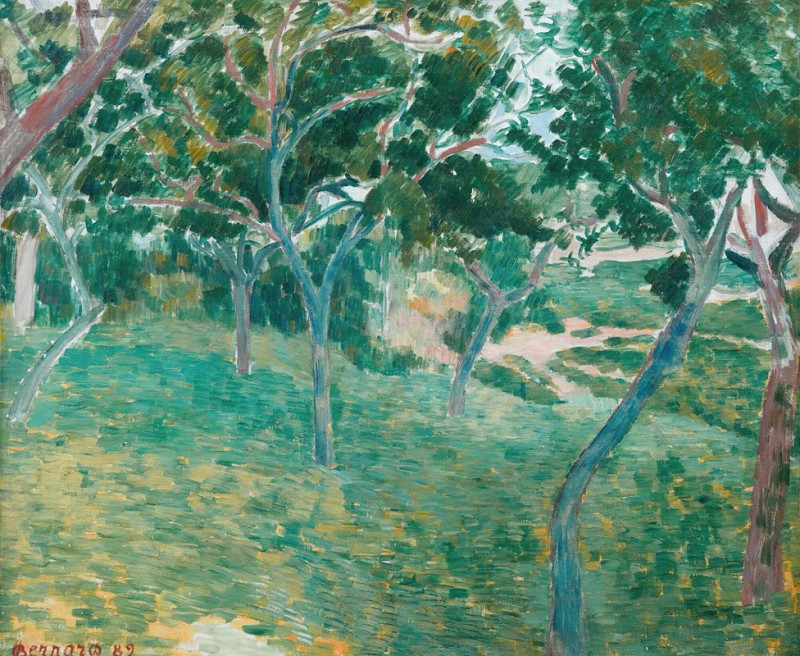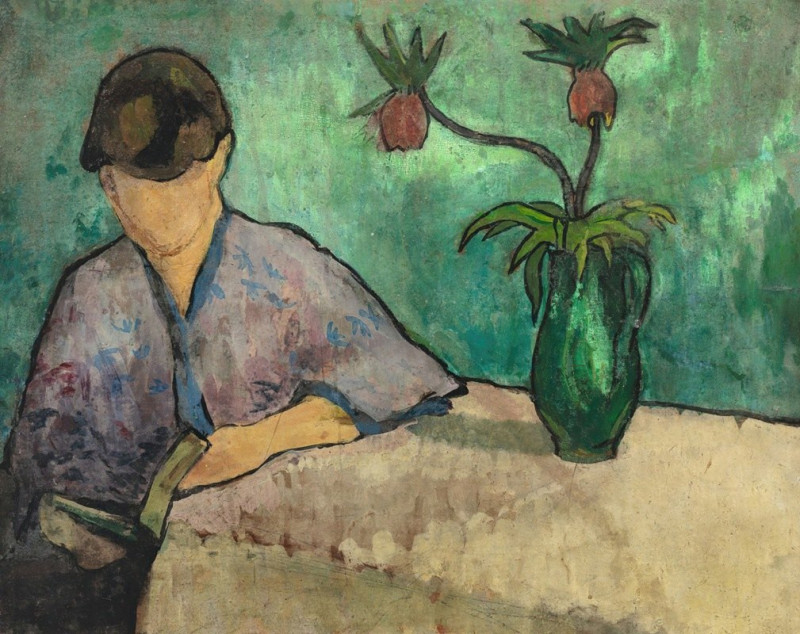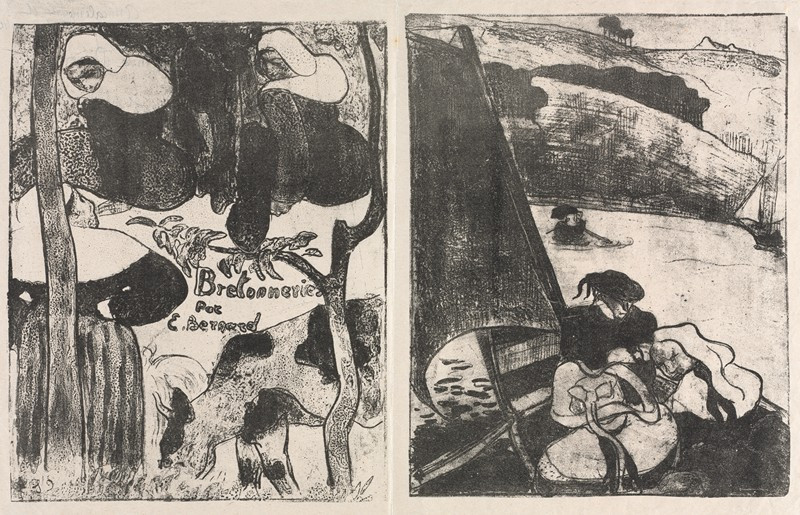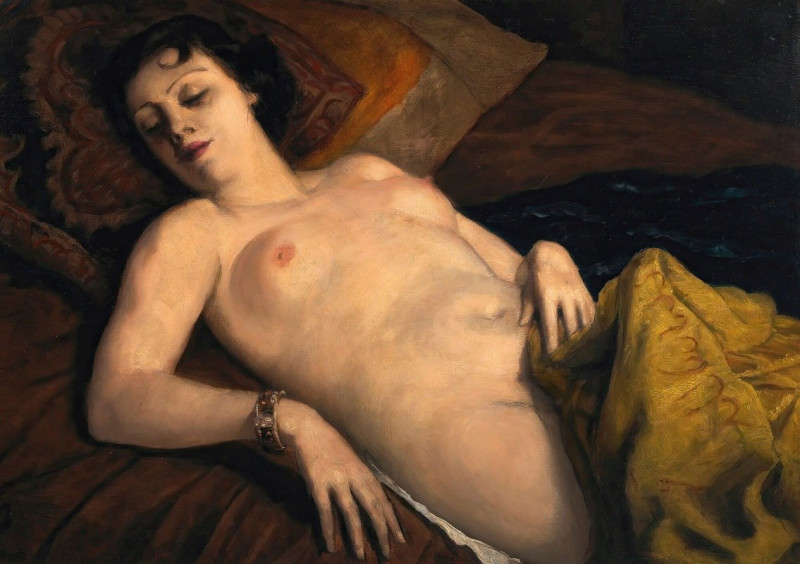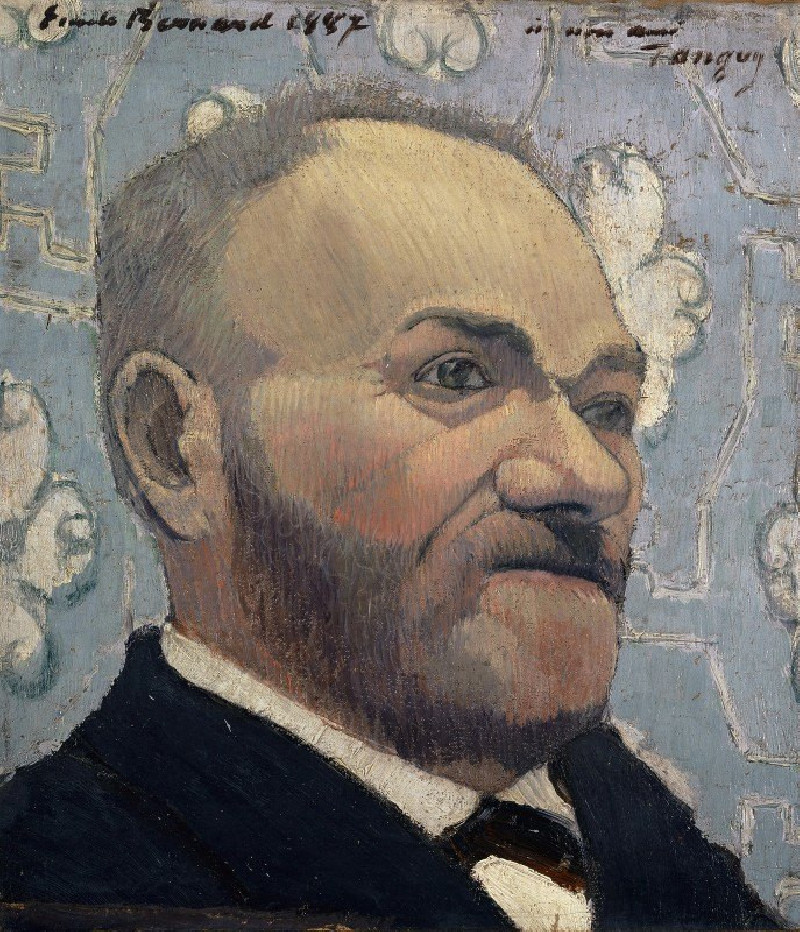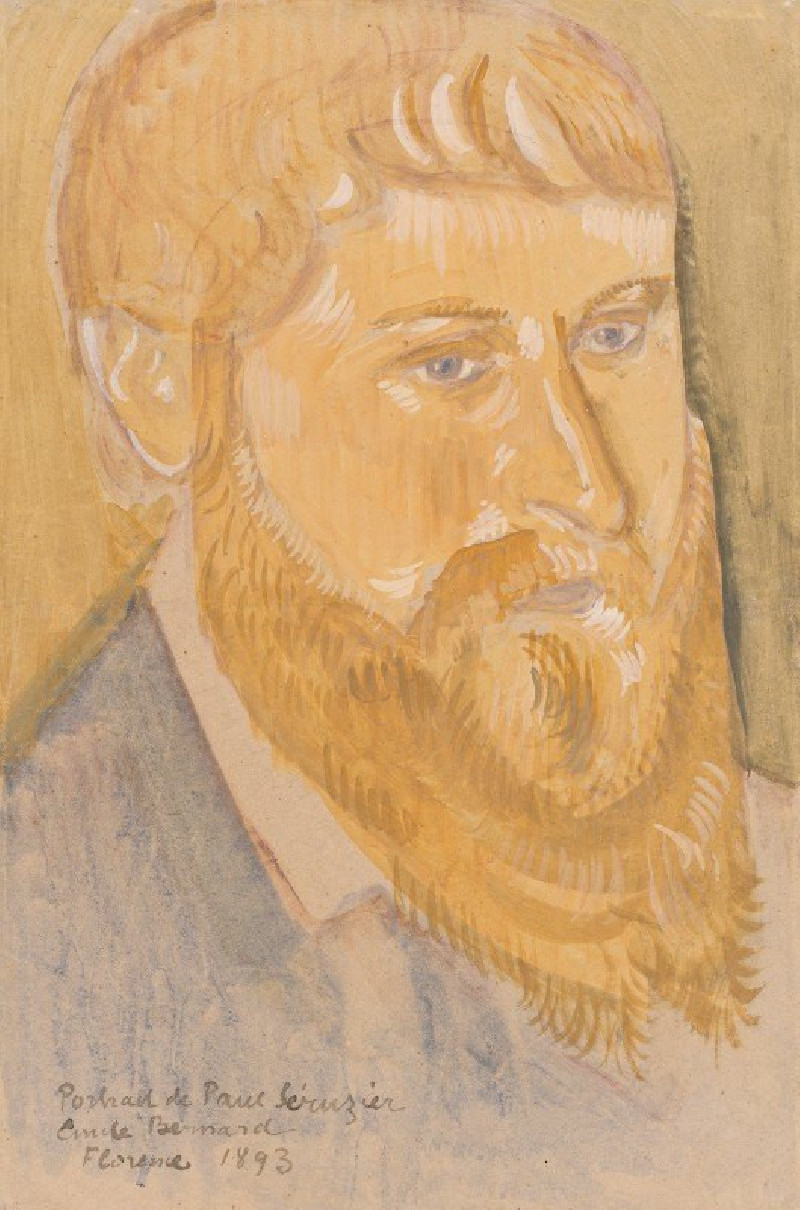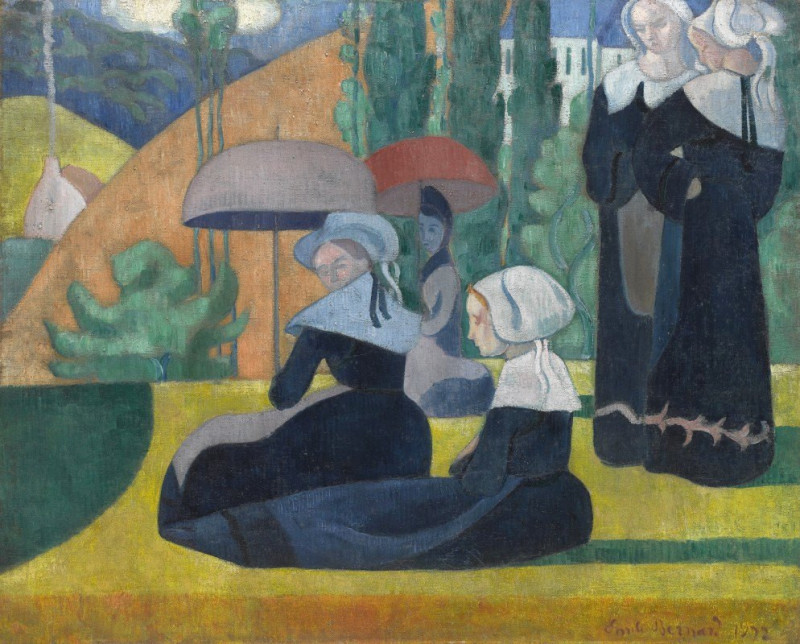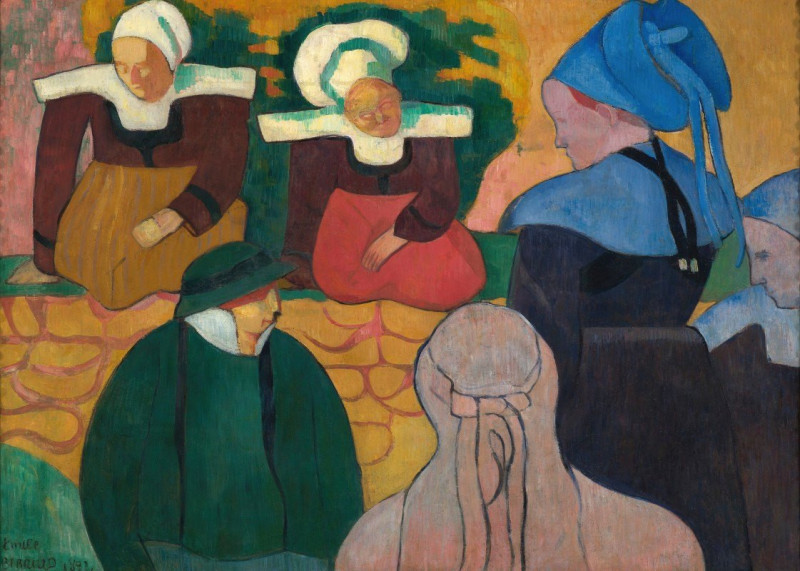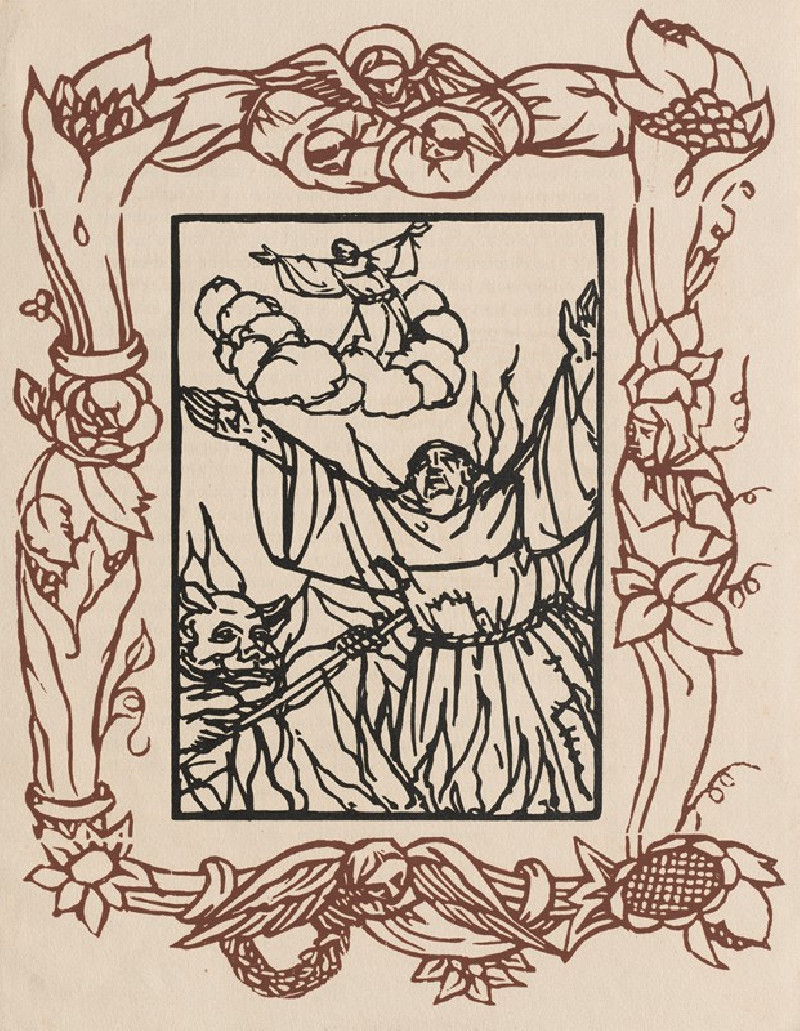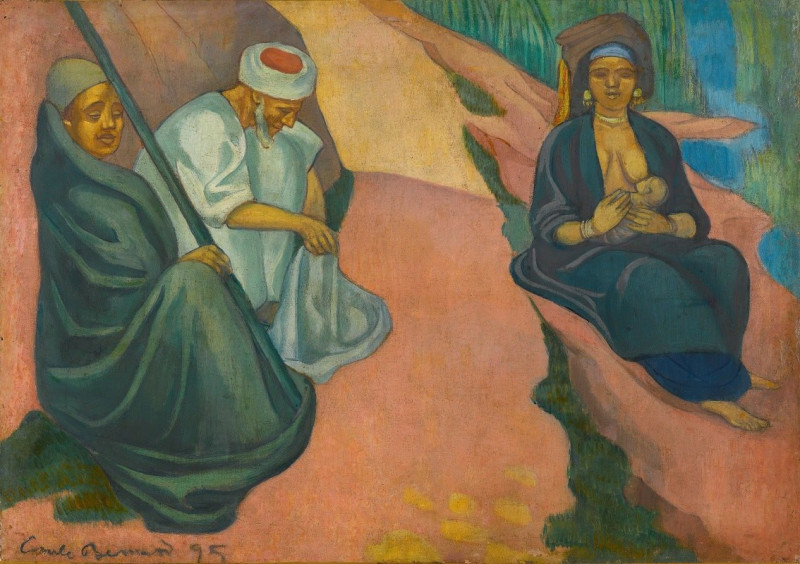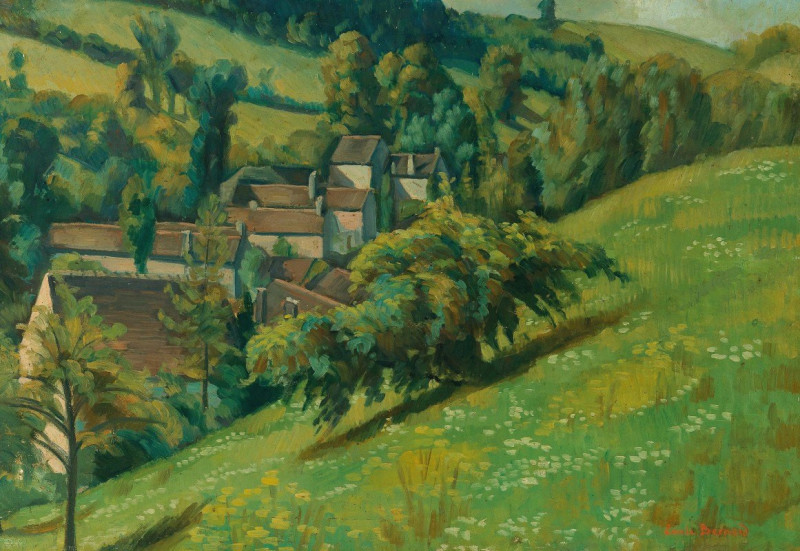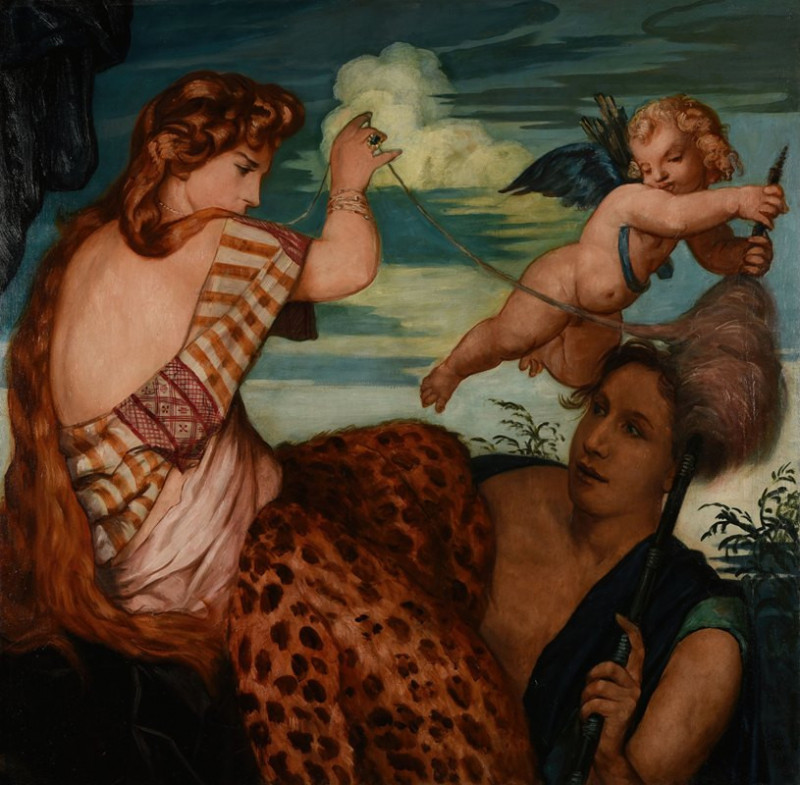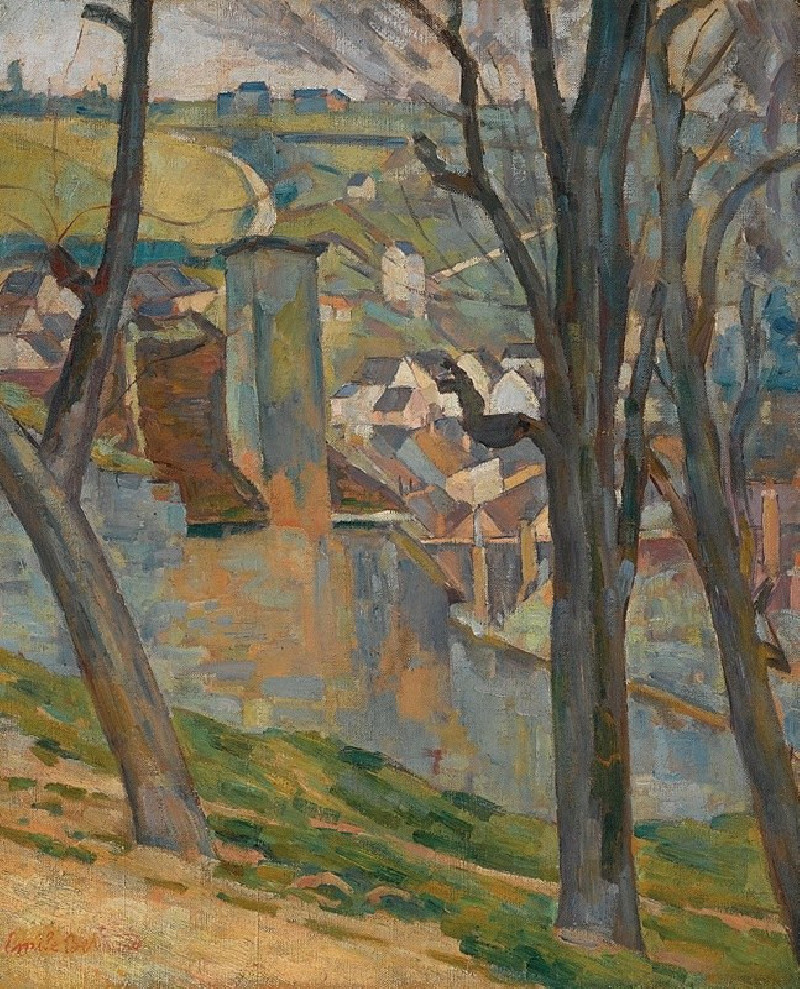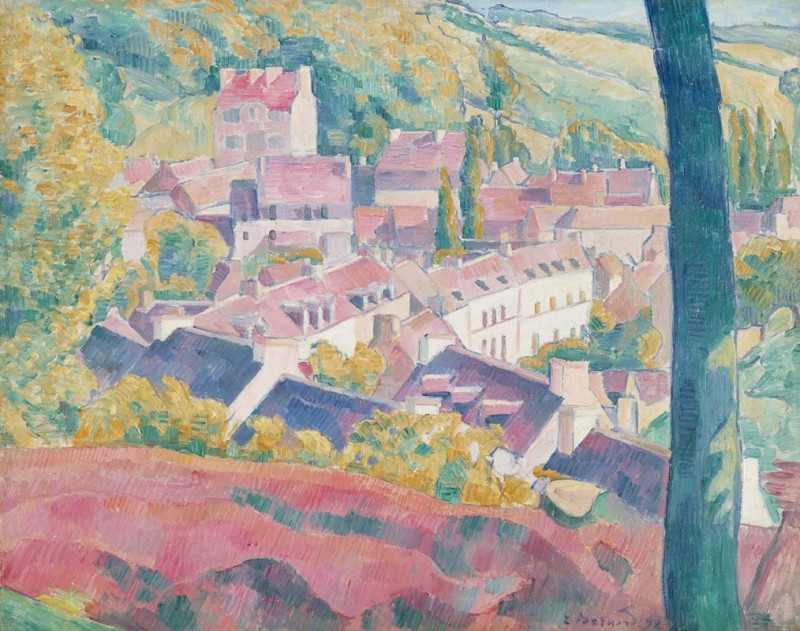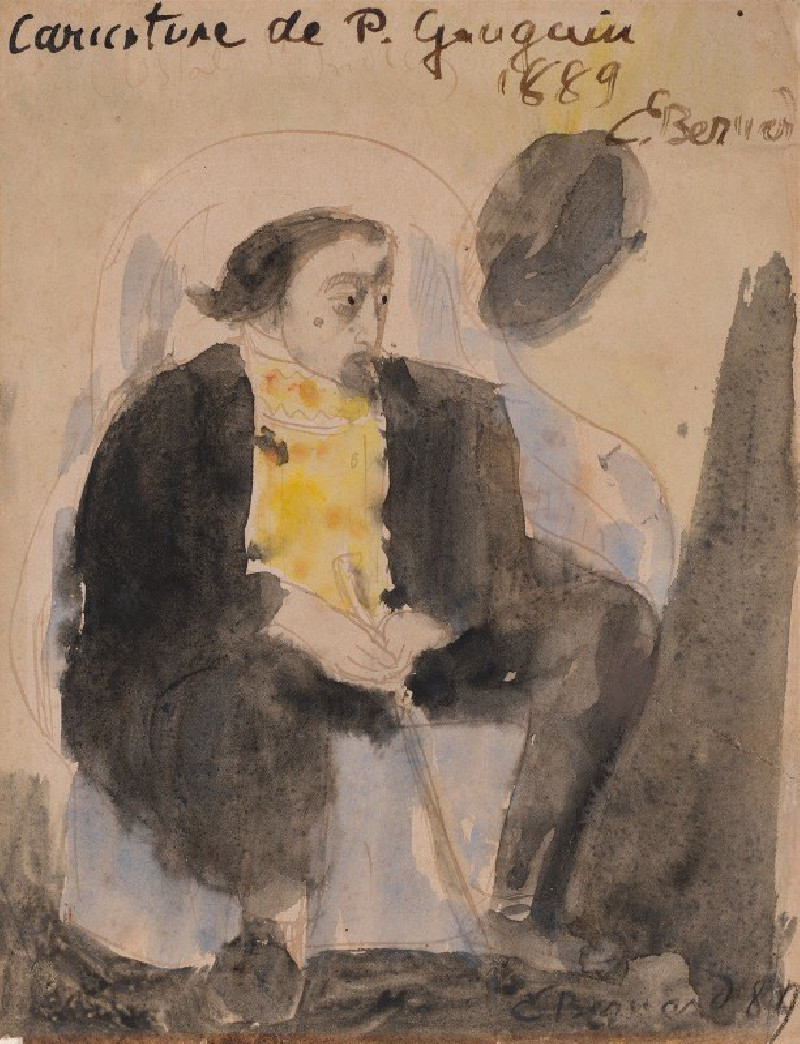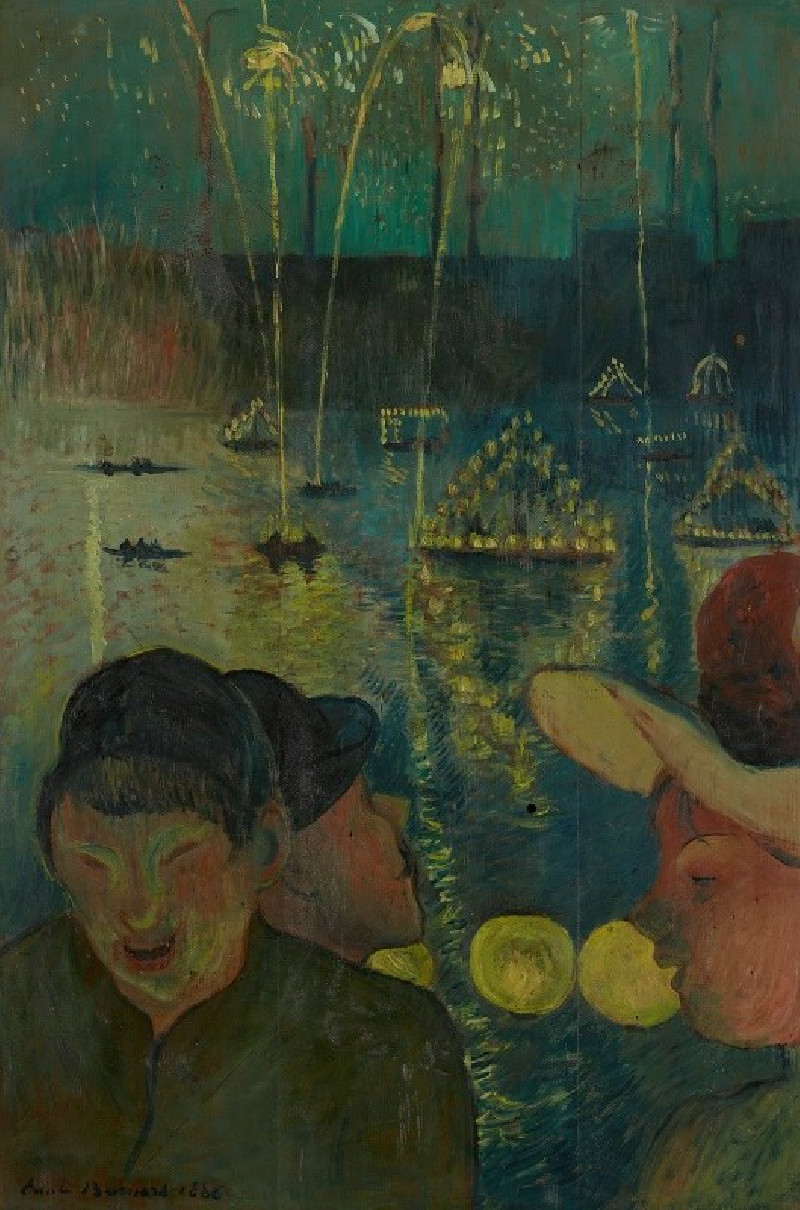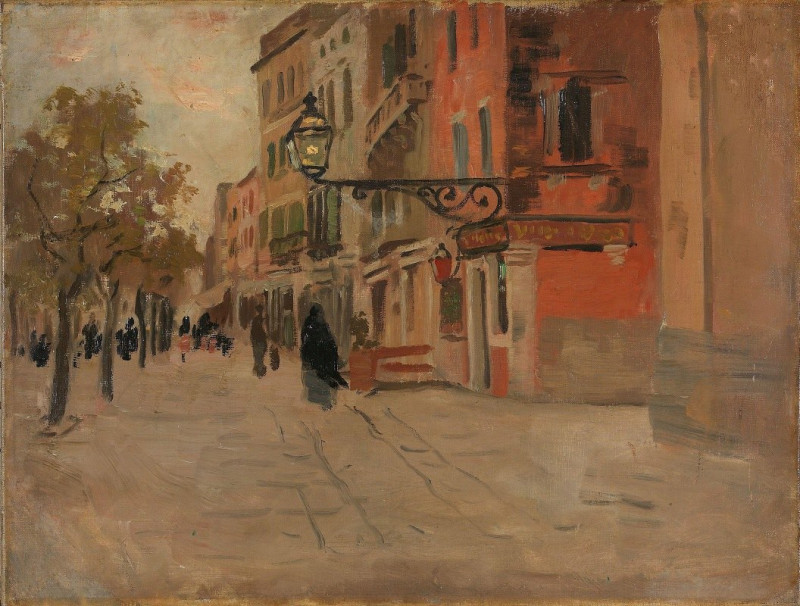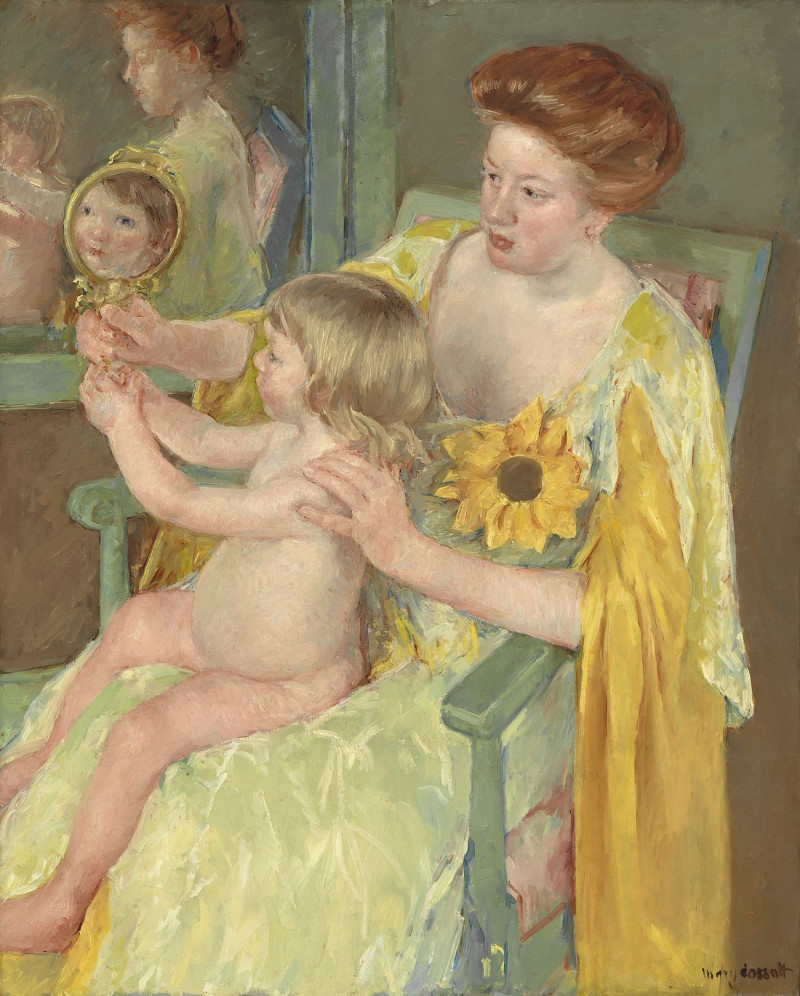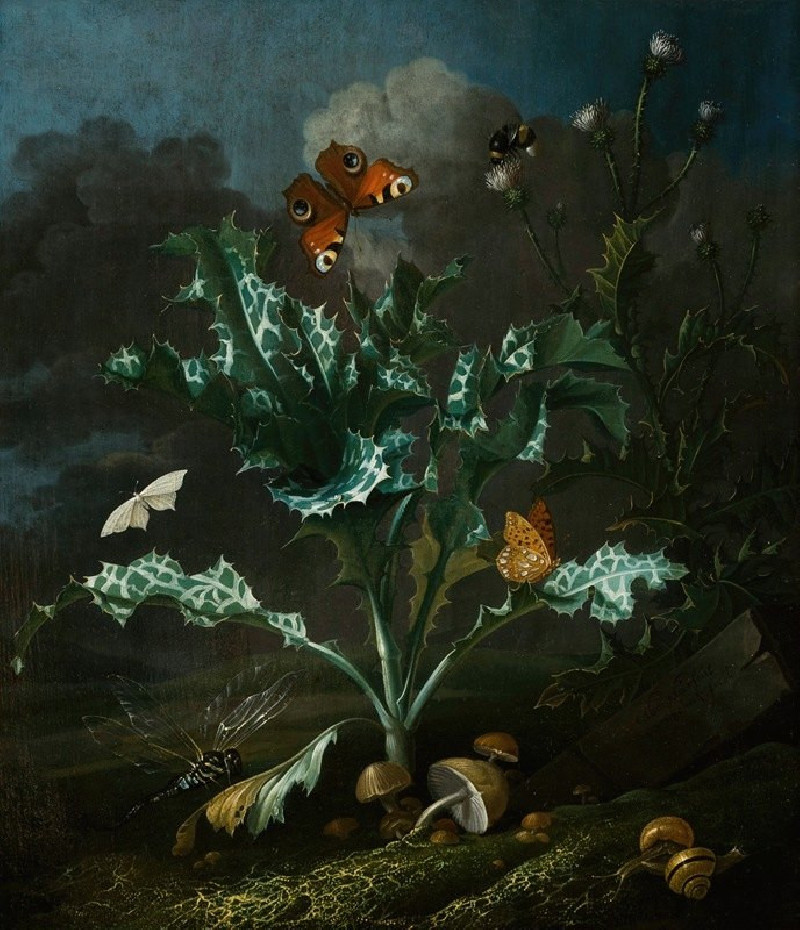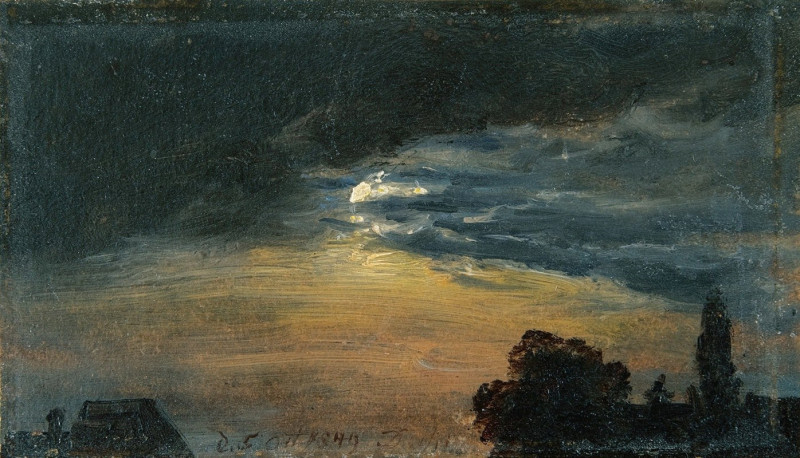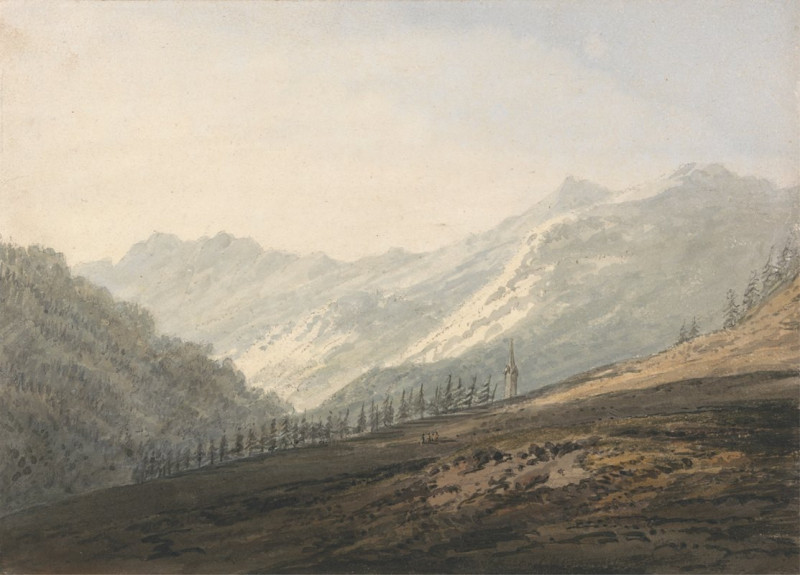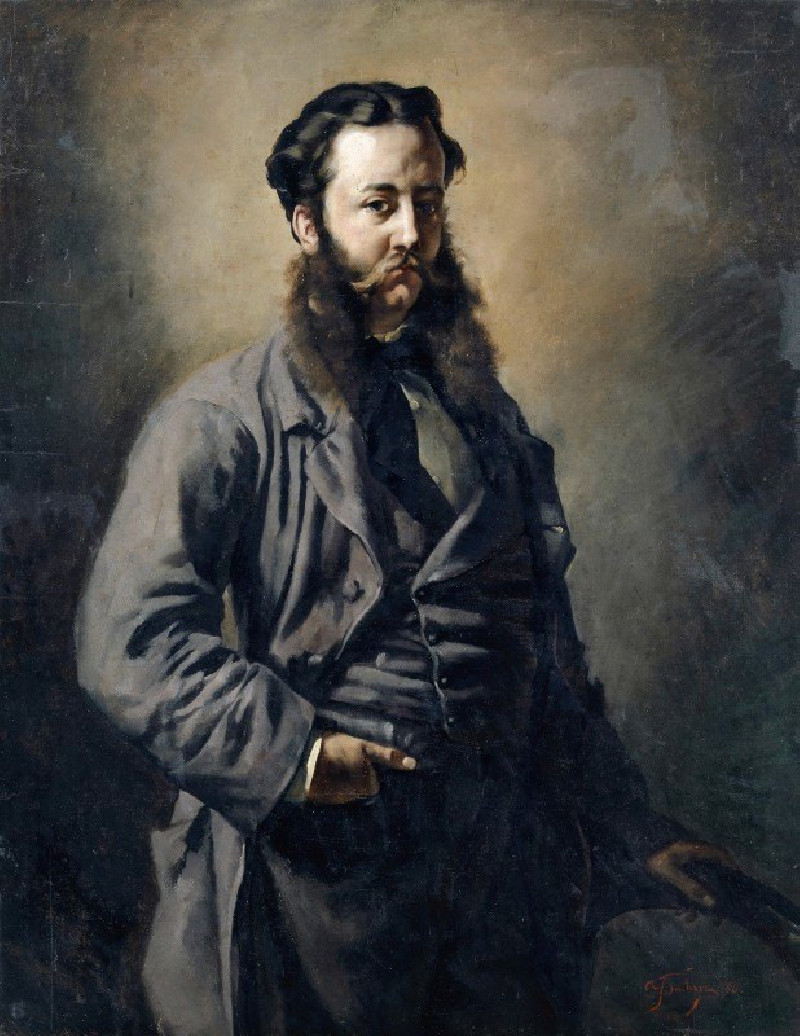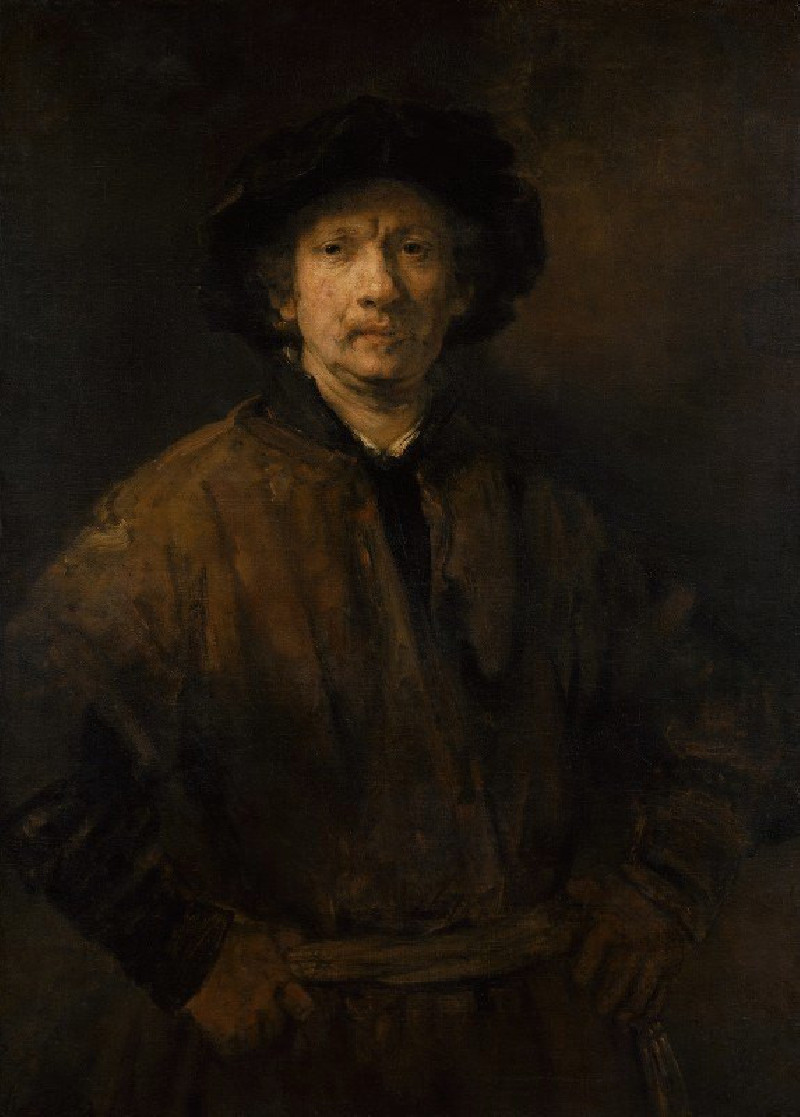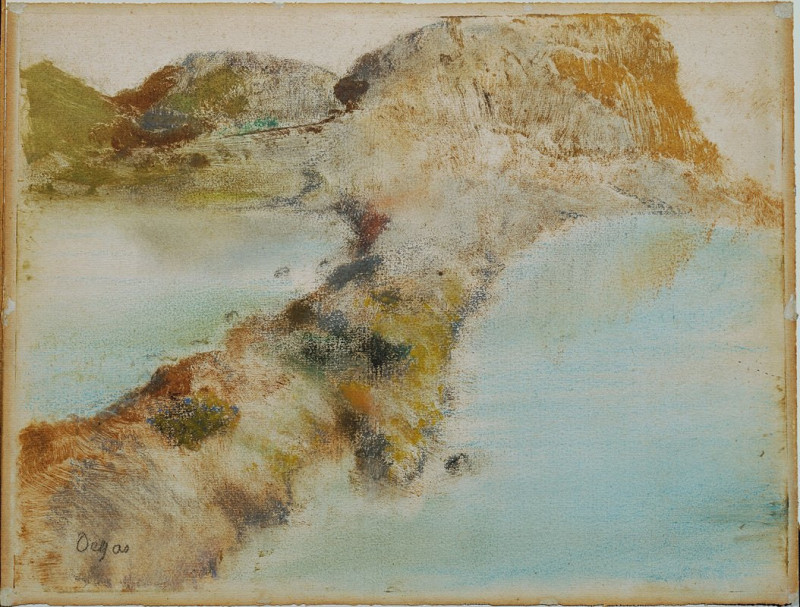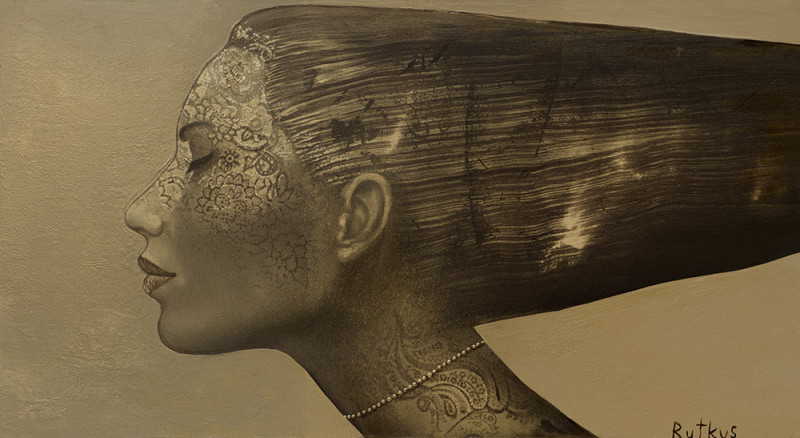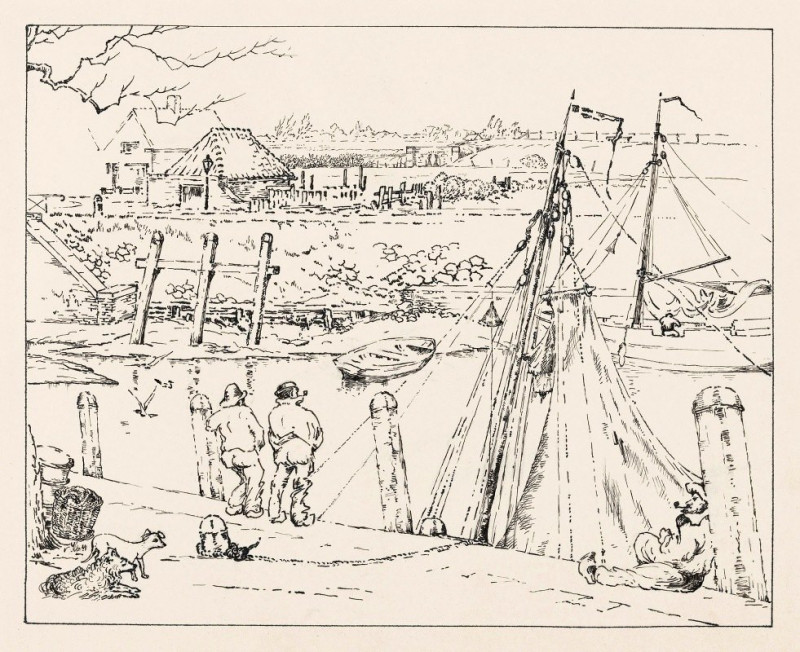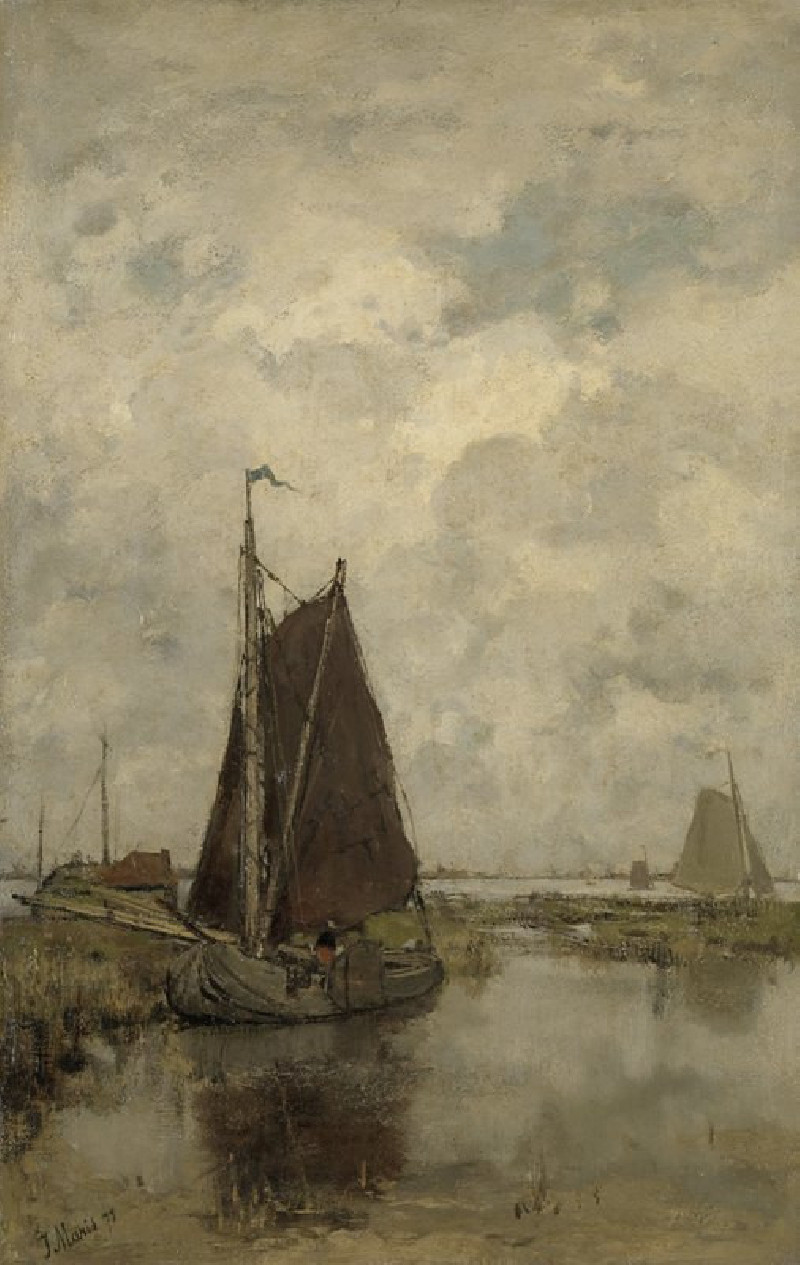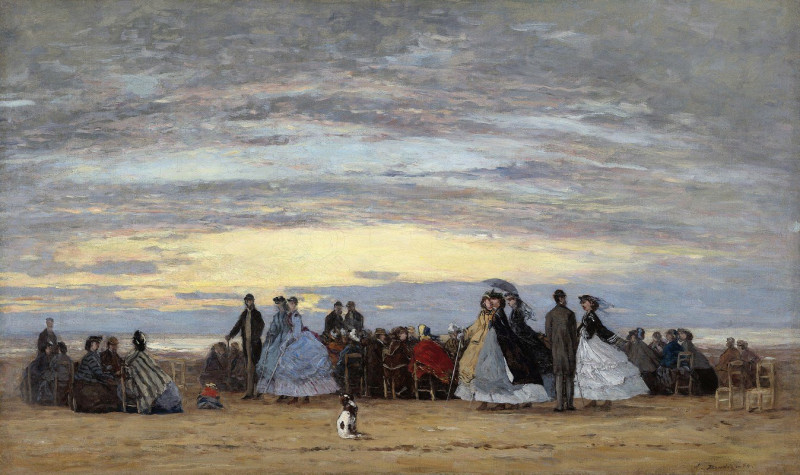Portrait of Marie Lemasson (1892)
Technique: Giclée quality print
Recommended by our customers
More about this artwork
Emile Bernard’s captivating execution of the "Portrait of Marie Lemasson" vividly portrays the essence and attitude of the subject through a distinct and expressive style. Created in 1892, this painting showcases Bernard's unique approach to post-impressionism, characterized by bold colors and simplified forms.This portrait features Marie Lemasson, seated against a richly textured, dark green backdrop that contrasts with her pale lavender blouse and deep red skirt. Her face is rendered with subtle shifts in tone rather than detailed features, capturing a reflective and somewhat introspective expression. Bernard's technique emphasizes the solidity of forms and the weight of Lemasson's presence in her environment.The use of flat areas of color and a restricted but harmonious palette lend the painting a serene yet somber quality. The geometric simplification seen in the folds of her dress and the stylization of her fingers reflect Bernard’s movement towards symbolism and away from naturalism, focusing on conveying deeper emotional undercurrents rather than realistic depiction."Portrait of Marie Lemasson" is not only a representation of an individual but also an exquisite example of the transition in European art towards more abstract and symbolic representations. This painting invites viewers to consider the mood and the personality of the sitter, while admiring Bernard's innovative approach to composition and color that marked his contribution to the modern movements of art.
Delivery
Returns
Émile Henri Bernard (28 April 1868 – 16 April 1941) was a French Post-Impressionist painter and writer, who had artistic friendships with Vincent van Gogh, Paul Gauguin and Eugène Boch, and at a later time, Paul Cézanne. Most of his notable work was accomplished at a young age, in the years 1886 through 1897. He is also associated with Cloisonnism and Synthetism, two late 19th-century art movements. Less known is Bernard's literary work, comprising plays, poetry, and art criticism as well as art historical statements that contain first-hand information on the crucial period of modern art to which Bernard had contributed.

